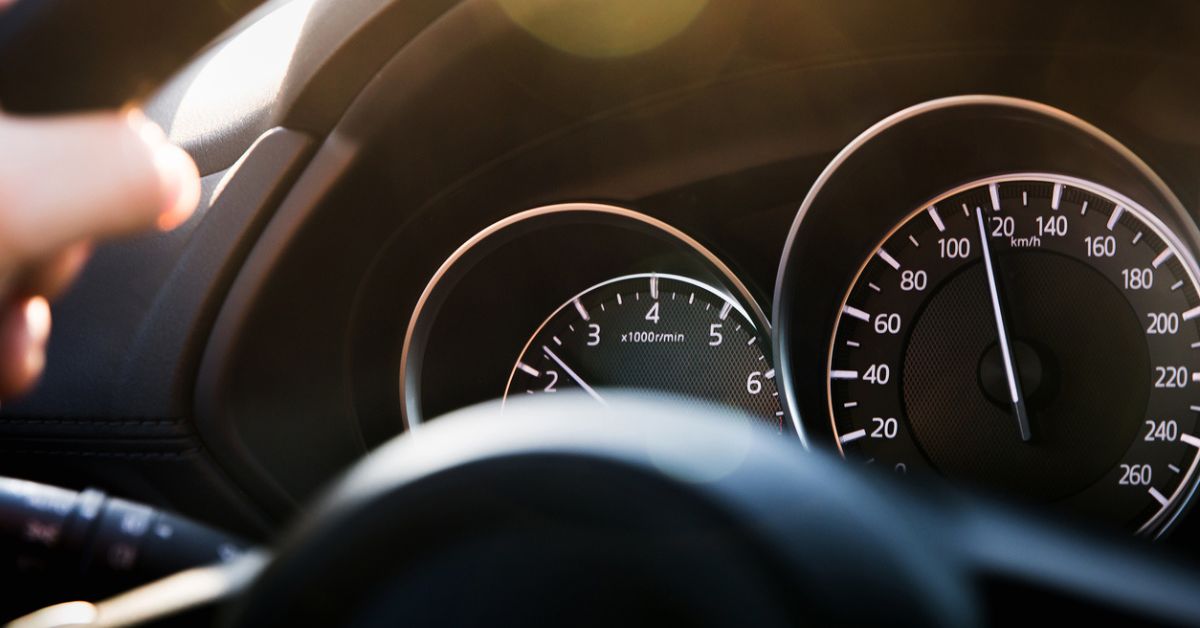Speeding is prevalent in many traffic accidents, often resulting in severe injuries or fatalities. When a speeding driver causes an accident, victims may be entitled to compensation for their injuries and losses. However, proving liability in such cases can be complex.
Establishing Fault in Speeding Accidents
Liability in a speeding accident typically rests on establishing negligence – that the speeding driver failed to exercise reasonable care, directly resulting in the accident and consequential damage. To prove negligence, four elements need to be established: duty, breach, causation, and damages.
Firstly, it must be proven that the speeding driver had a duty to act reasonably. All drivers are legally obligated to obey traffic laws, including speed limits; thus, establishing this duty is usually straightforward.
Secondly, there must be evidence of a breach of this duty. Evidence of speeding can be obtained from various sources, such as eyewitness testimonies, police reports, and traffic camera footage.
Thirdly, it must be shown that the breach (speeding) directly caused the accident. This might involve demonstrating how the driver's excessive speed prevented them from stopping in time or caused them to lose control of their vehicle.
Lastly, the accident must have resulted in physical injury or property damage. Medical records, repair bills, and accident scene photographs can prove these damages.
Types of Evidence in Speeding Accident Cases
Collecting strong evidence is crucial in proving liability in speeding accident cases. Some of the most valuable types of evidence include:
- Police Reports: Law enforcement officers prepare a report after investigating an accident scene. This report often includes the officer's opinion on whether speeding was a factor in the accident, which can be highly persuasive in court.
- Eyewitness Testimony: Witnesses to the accident can provide statements about what they saw, including their perception of the speed of the vehicles involved.
- Physical Evidence: Skid marks, vehicle damage, and the accident's location can all help establish the speed of the vehicles at the time of the collision.
- Expert Testimony: Accident reconstruction experts can analyze the physical evidence and present an informed opinion on how the accident occurred and the role that speed played in it.
The Role of Legal Counsel
Proving liability in a speeding accident involves complex legal and factual issues. An experienced attorney can navigate these complexities, gather and analyze necessary evidence, and present a compelling case for compensation.
At The Roth Firm, LLC, we have a proven track record of success in securing compensation for victims of speeding accidents. Our commitment to client service means we work tirelessly to build the strongest possible case for our clients. If you or a loved one has been injured in a speeding accident, contact us today for a free consultation. We're here to help you get the justice and compensation you deserve.





.jpg)